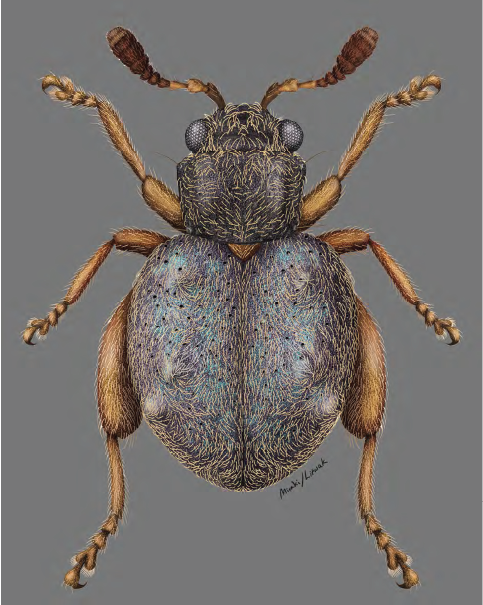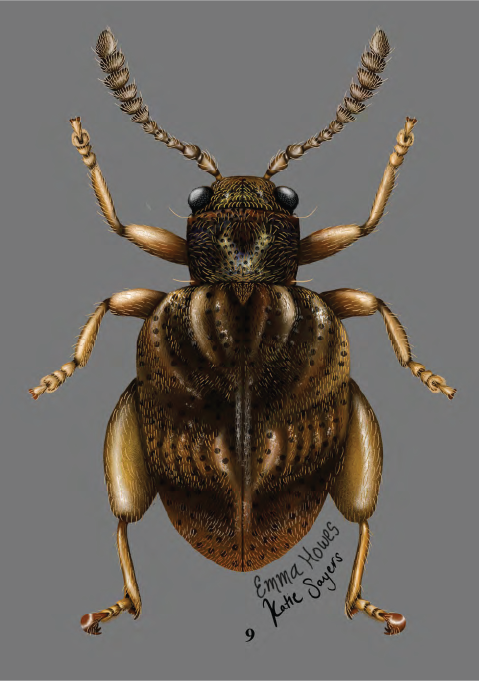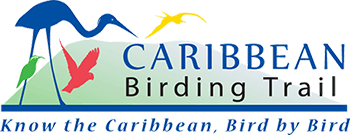Andersonaltica villabarrancoli
Want to learn More?

Andersonaltica Villabarrancoli
The study "Moss Inhabiting Flea Beetles of the West Indies IV: New Species of Andersonaltica" by Konstantinov et al. (2020) describes two newly discovered flea beetle species, Andersonaltica neiba and Andersonaltica villabarrancoli, in the moss-rich habitats of the Dominican Republic’s Sierra de Neiba and Sierra de Baoruco. These beetles belong to the Alticini tribe and have unique characteristics adapted to their mossy environments.
Andersonaltica villabarrancoli, Male & Female
Key Findings:
1. Species Descriptions:
- Morbi interdum mollis sapien. Sed ac risus. Phasellus lacinia, magna a ullamcorper laoreet, lectus arcu pulvinar risus, vitae facilisis libero.
- Andersonaltica villabarrancoli: This species shows notable sexual dimorphism. Males have dark brown to black elytra with lighter longitudinal ridges and brown transverse stripes, while females have uniformly black elytra with additional small ridges. The hind tibia lacks a transverse ridge. The aedeagus is slender, narrowing gradually toward the apex, distinct from that of A. neiba.
2. Genetic Confirmation:
- DNA barcoding using Cytochrome oxidase I (COI) sequences confirmed that the beetles are conspecific within each species, despite variations in morphology among individual specimens.
3. Habitat and Ecology:
- Both species are moss specialists, inhabiting moss cushions on tree trunks, branches, rocks, and forest floors. Their morphological adaptations, such as flightlessness, align with the constraints of a moss-dependent lifestyle, highlighting the ecological specialization of these beetles.
4. Taxonomic Significance:
These findings enhance the known diversity within the genus Andersonaltica, previously identified only in Central America. The work sheds light on the specialized and diverse beetle fauna within the Caribbean’s unique moss ecosystems.
This research underscores the role of moss habitats in supporting unique insect species and adds two distinct species to the ecological and taxonomic catalog of Caribbean flea beetles.

Andersonaltica villabarrancoli, male (illustration by Emma Howes and Katie Sayers - National Museum of Natural History and Systematic Entomology Laboratory scientific illustrator internship program, summer 2019).

Figure 10. Andersonaltica villabarrancoli, female (illustration by Linden Pederson - National Museum of Natural History and Systematic Entomology Laboratory scientific illustrator internship program, summer 2019).








